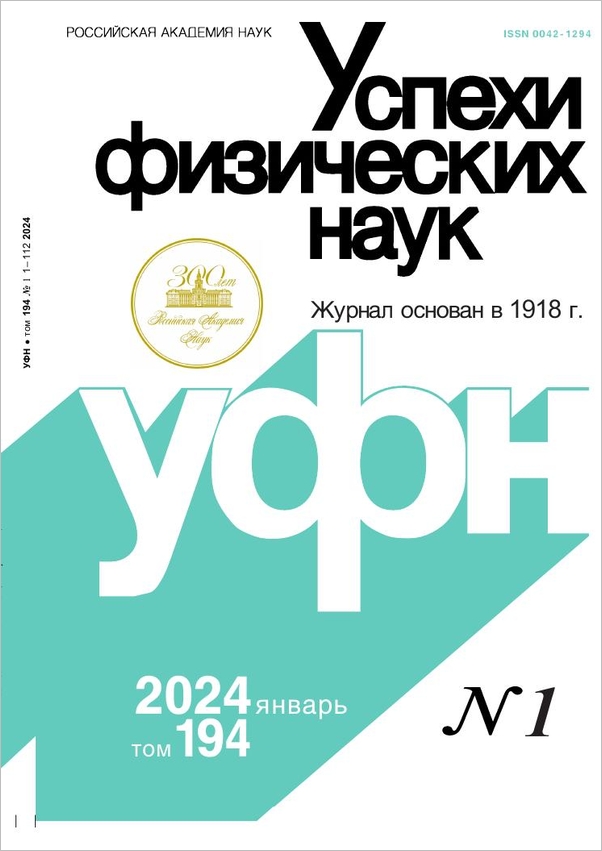|
This article is cited in 21 scientific papers (total in 21 papers)
REVIEWS OF TOPICAL PROBLEMS
Spontaneous and stimulated emission induced by an electron, electron bunch, and electron beam in a plasma
M. V. Kuzeleva, A. A. Rukhadzeb
a Physics Department, M. V. Lomonosov Moscow State University
b A. M. Prokhorov General Physics Institute, Russian Academy of Sciences
Abstract:
Two fundamental mechanisms — the Cherenkov effect and anomalous Doppler effect — underlying the emission by an electron during its superluminal motion in medium are considered. Cherenkov emission induced by a single electron and a small electron bunch is spontaneous. In the course of spontaneous Cherenkov emission, the translational motion of an electron is slowed down and the radiation energy grows linearly with time. As the number of radiating electrons increases, Cherenkov emission becomes stimulated. Stimulated Cherenkov emission represents a resonance beam instability. This emission process is accompanied by longitudinal electron bunching in the beam or by the breaking of an electron bunch into smaller bunches, in which case the radiation energy grows exponentially with time. In terms of the longitudinal size $L_e$ of the electron bunch there is a transition region $\lambda<L_e<\lambda\delta_0^{-1}$ between the spontaneous and stimulated Cherenkov effects, where $\lambda$ is the average radiation wavelength, and $\delta_0$ is the dimensionless (in units of the radiation frequency) growth rate of the Cherenkov beam instability. The range to the left of this region is dominated by spontaneous emission, whereas the range to the right of this region is dominated by stimulated emission. In contrast to the Vavilov–Cherenkov effect, the anomalous Doppler effect should always (even for a single electron) be considered as stimulated, because it can only be explained by accounting for the reverse action of the radiation field on the moving electron. During stimulated emission in conditions where anomalous Doppler effect shows itself, an electron is slowed down and spins up; in this case, the radiation energy grows exponentially with time.
Received: May 16, 2008
Citation:
M. V. Kuzelev, A. A. Rukhadze, “Spontaneous and stimulated emission induced by an electron, electron bunch, and electron beam in a plasma”, UFN, 178:10 (2008), 1025–1055; Phys. Usp., 51:10 (2008), 989–1018
Linking options:
https://www.mathnet.ru/eng/ufn649 https://www.mathnet.ru/eng/ufn/v178/i10/p1025
|


| Statistics & downloads: |
| Abstract page: | 871 | | Full-text PDF : | 183 | | References: | 108 | | First page: | 1 |
|





 Contact us:
Contact us: Terms of Use
Terms of Use
 Registration to the website
Registration to the website Logotypes
Logotypes








 Citation in format
Citation in format 
